Discussing the historical, current and future nuclear development in Las Cruces, State Sen. Jeff Steinborn and Alicia Inez Guzman collaborated in the “Nuclear New Mexico, What’s Next” panel discussion at New Mexico State University. It took place at the University Art Museum on Thursday, Aug. 17, inviting Las Cruces community members and NMSU students alike to listen and ask questions about the impacts of nuclear projects on New Mexico over the past century.
Steinborn represents District 36 in Doña Ana County and acts as vice-chair of the legislative Radioactive and Hazardous Water Materials Committee, with his focus being on environmental conservation. Although he does not possess a background in the nuclear field, he is passionate about making legislative movements towards nuclear improvement.
“I was drawn to wanting to protect the environment,” Steinborn said when asked about the motives behind his career. “That was a calling for me. So, I just feel like it’s incredibly rewarding work. And it’s something I’m very passionate about. And I’m lucky to be able to do it.”
Guzman’s career revolves just as heavily around nuclear issues, as she has authored several articles on topics in northern New Mexico, ranging from identity to land use. She currently works for Searchlight New Mexico, an independent investigative newspaper dedicated to uncovering the impacts of the nuclear industry.
“I’m a journalist,” she explained.“And so, my job really right now is to chronicle what’s happening in the state. I’m really interested in looking cumulatively at, you know, not just the jobs and the economics, but also what is the long-term harm that’s been caused to people’s bodies, to people’s land, their water, all of that.”
Steinborn and Guzman began the panel by discussing a potentially life-changing, yet generally unknown situation: the energy industry company, Holtec, and the United States government’s aim to transport and contain all the U.S.’ high-level nuclear waste in New Mexico.
Steinborn explains that the federal government requires itself to develop a site that can hold the accumulated nuclear waste from all the power plants in the country. The U.S. first developed a location with this purpose in the Yucca Mountain Nuclear Waste Repository located in Tonopah, Nevada. Once former President Barack Obama put a stop to this project due to technical and safety concerns, Holtec and the federal government turned to establishing an interim storage site near Carlsbad and Hobbs, New Mexico, instead.
Under this project, the U.S. government would use New Mexico to store the nation’s entire stockpile of nuclear waste, times two. This license permits such storage for 40 years, totaling about 10 thousand canisters filled with used nuclear fuel.
Due to the legal doctrine of preemption allowing the federal government to override lower-level government on specific matters, the U.S government found it within their power to move forward with this nuclear waste project. Upon discovering this project, however, Steinborn quickly started reaching out to other officials and departments to see what can be done to prevent it. Their responses were the opposite of what Steinborn was looking for.
“The answers I got back, all of them were shocking and humbling,” he expressed. “We had very little authority to say no to the federal government. I think there was a lot of conjecture at the time about our right of consent. When, in reality, federal law for private storage, we have no right of consent. Imagine that.”
From this, Steinborn spent the following five years trying to prevent the federal government from transporting a massive amount of waste to this state.
Despite constant resistance and fighting for years, Steinborn and his team were able to successfully pass Senate Bill 53. This made it illegal, apart from two specific circumstances, to hold spent nuclear fuel in New Mexico.
This is a significant step towards stopping the pattern of the federal government using New Mexico and its laws as a “guinea pig” for nuclear contamination and projects. Guzman argued that more work must be done to stop the historical weakness of state laws to better protect New Mexicans.
Steinborn agreed with this sentiment, expressing that the fight is not over. Today, the federal government continues to assert that New Mexico has exceeded its authority by passing Senate Bill 53. They are currently looking to throw out this law under the belief that they have legal preemption over the state on the management of nuclear waste.
Steinborn thereby encourages the Las Cruces community to remain vigilant and hold their representatives accountable.
“We need you in this fight, you need to all get involved in the fight,” he expressed. He specifically spoke to the students at NMSU and beyond, telling them to start acting now.
“Students have more at stake than someone who’s older than them,” Steinborn stated. “People younger than them [those currently in office] even are bigger stakeholders because they have their whole lives ahead of them. So, take responsibility for your future.”
The hosts’ message especially resonated with NMSU student Diego Rodriguez, who attended this event. He found it to be educational, enlightening and worth learning about.
“I think it’s important to everyone’s life, student or not,” Rodriguez stated. “I think that learning about this is essential to being a citizen of New Mexico and the United States, because it really can affect everyone.”
NMSU’s University Art Museum will continue to host informative and exciting events like this panel discussion throughout the year. For more information, visit their webpage at https://uam.nmsu.edu/index.html.


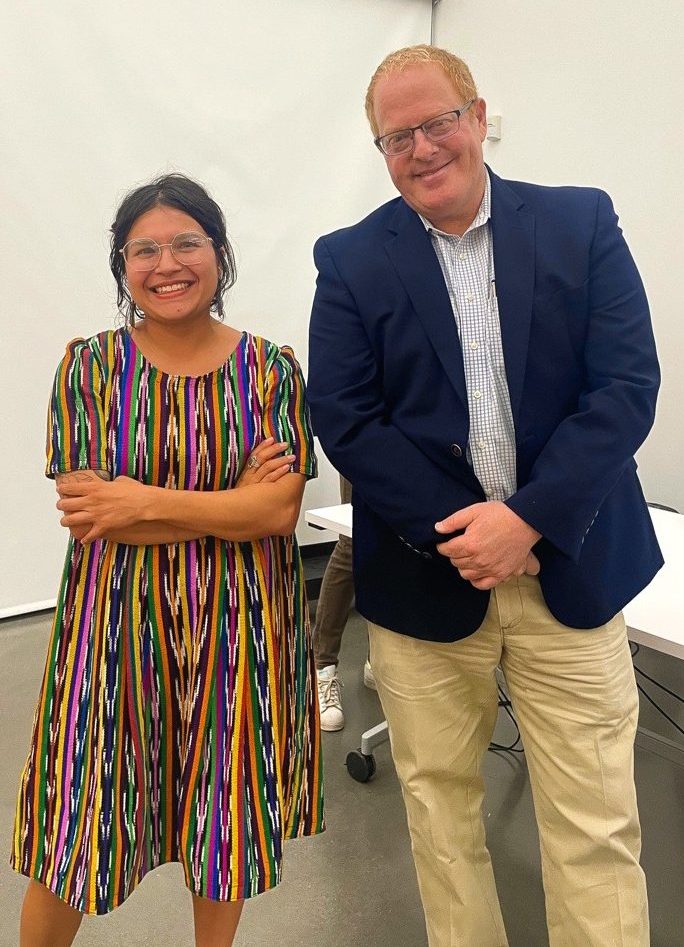
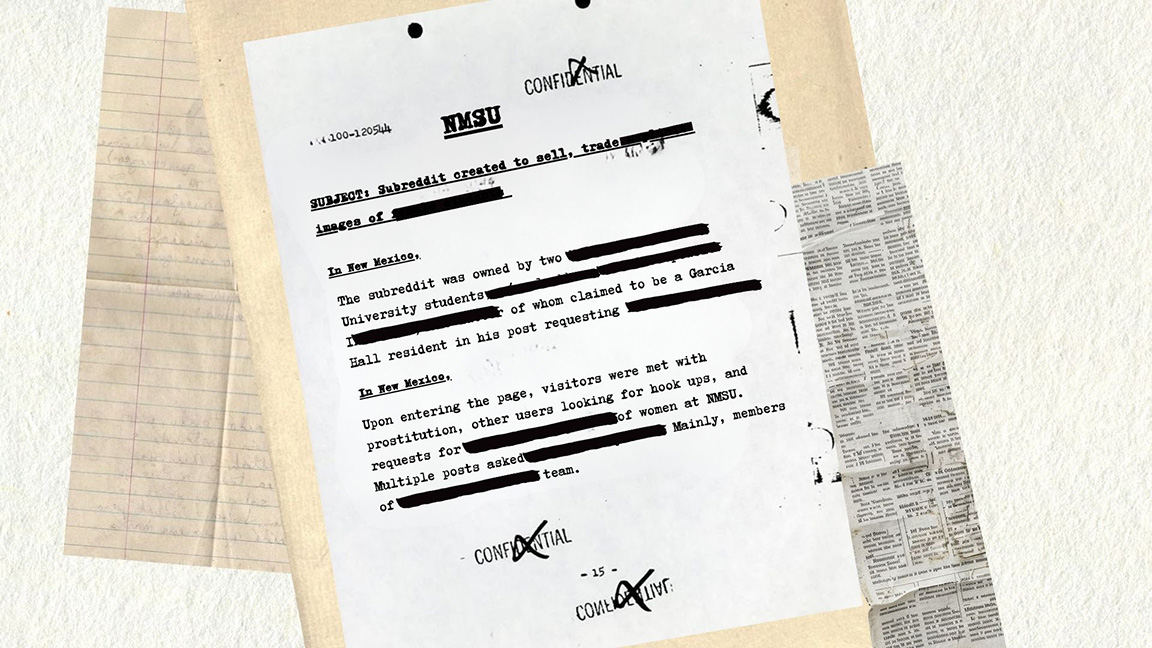
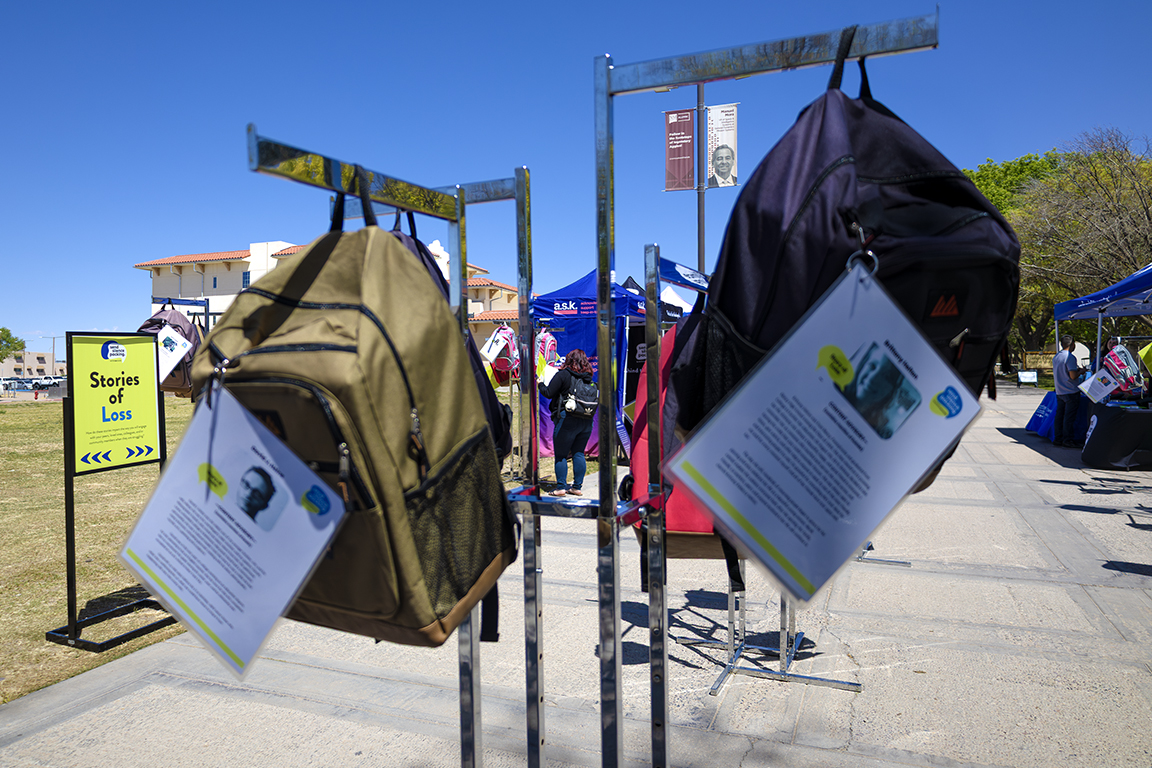
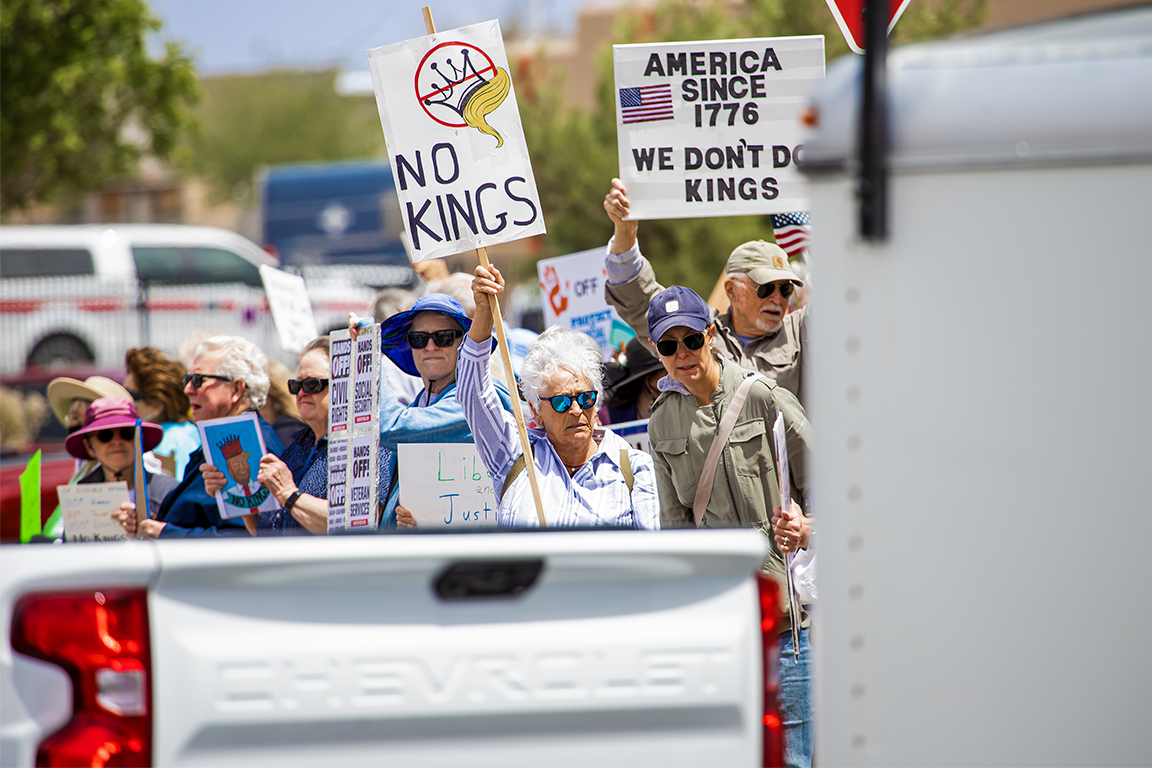
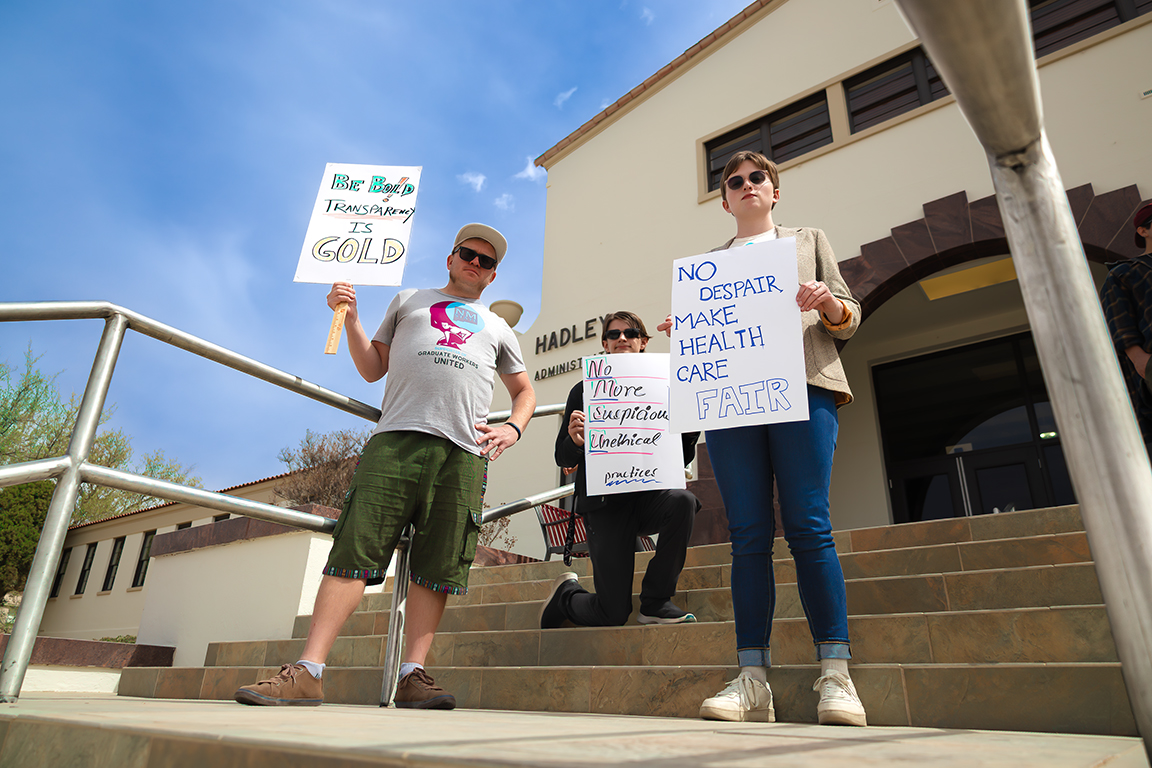

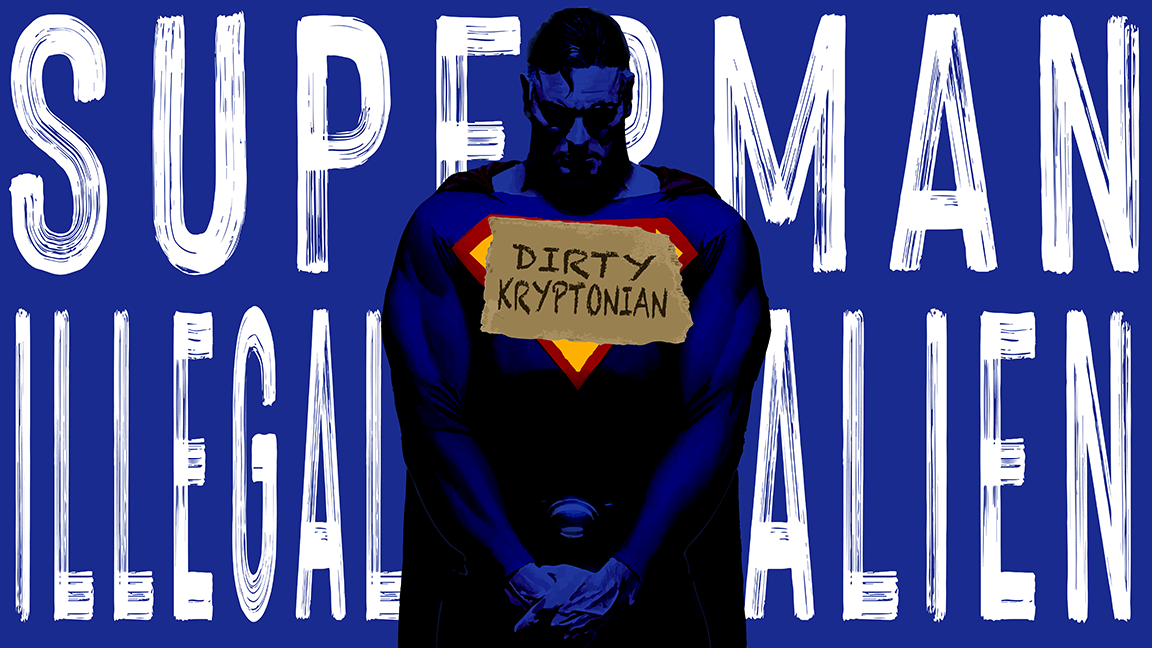





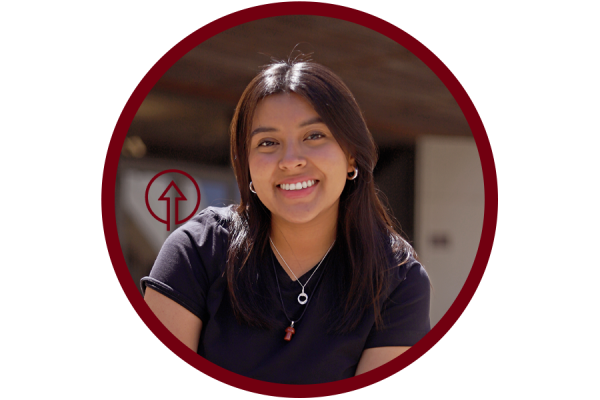
Quetzali Garcia • Sep 9, 2023 at 2:34 PM
Great read! Very insightful